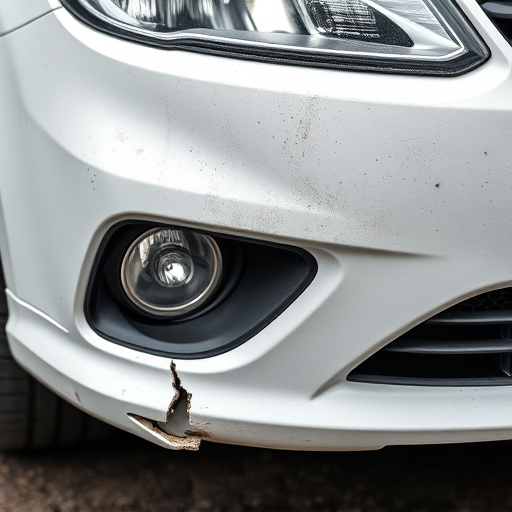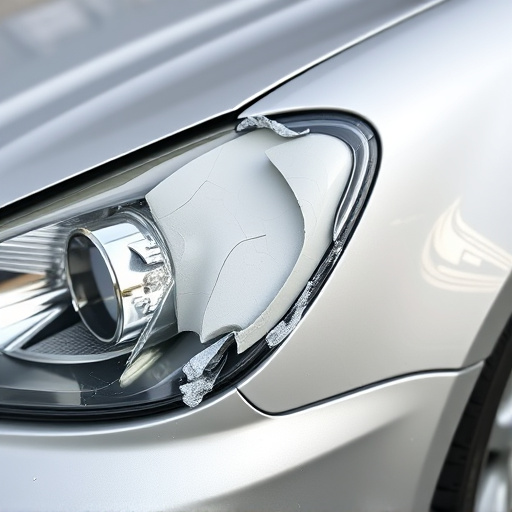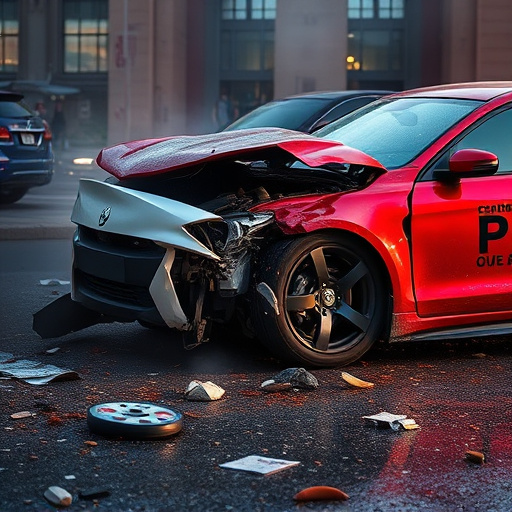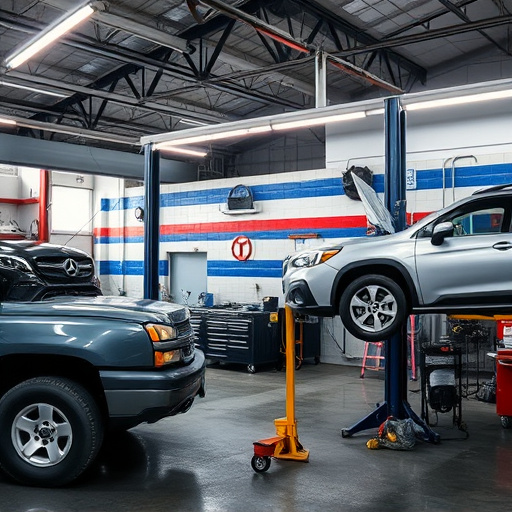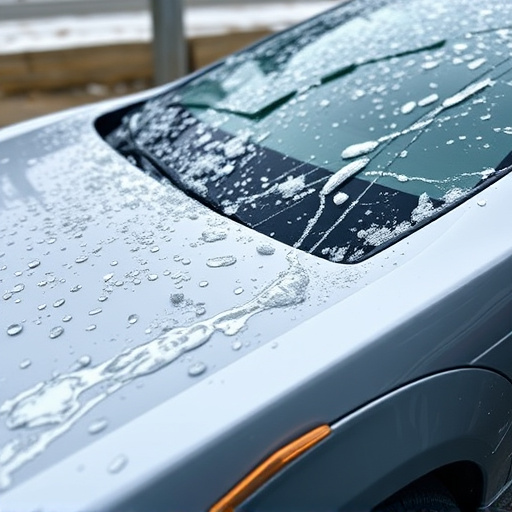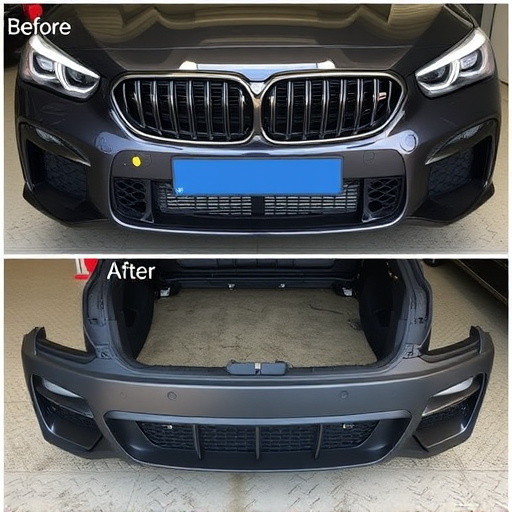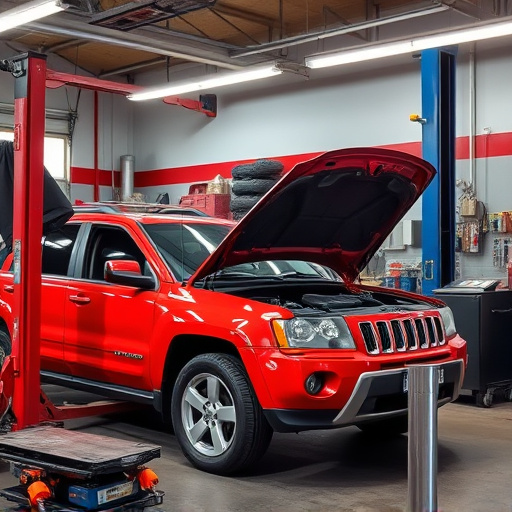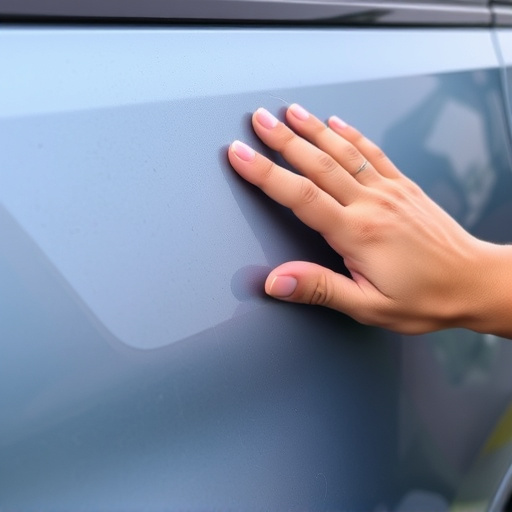Mercedes sensor adjustment is a revolutionary technology enhancing vehicle safety through precise integration of radar, cameras, and ultrasonics for a 360-degree view. This optimizes critical features like collision avoidance, lane departure warning, and parking assistance, minimizing risk of auto body repair during low-speed maneuvers or parallel parking. Calibration and alignment processes ensure accurate sensor detection and response to road hazards, elevating passenger and pedestrian safety, especially with the rise of autonomous driving. Regular sensor adjustment maintenance is crucial for reliable performance of advanced driver-assistance systems (ADAS).
Mercedes sensors, including radar, cameras, and ultrasonics, play a crucial role in enhancing vehicle safety. The advanced driver-assistance systems (ADAS) rely on precise data from these sensors for tasks like collision avoidance and parking assistance. Mercedes sensor adjustment is the process of ensuring these components work in harmony by accurately aligning their fields of view and sensitivity levels. This fine-tuning optimizes the overall performance, reliability, and safety of ADAS features, setting a new standard in autonomous driving technology.
- Understanding Mercedes Sensor Adjustment: The Core Concept
- How Mercedes Sensor Adjustment Enhances Vehicle Safety
- The Process of Calibrating and Aligning Mercedes Sensors
Understanding Mercedes Sensor Adjustment: The Core Concept
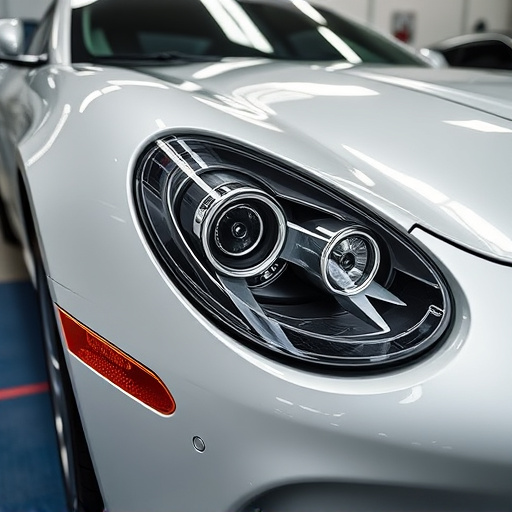
Mercedes Sensor Adjustment is a cutting-edge technology that aligns and calibrates the vehicle’s radar, cameras, and ultrasonics with remarkable precision. This process ensures that every sensor works in perfect harmony, providing the car with a 360-degree view of its surroundings. The core concept revolves around maintaining optimal performance and accuracy to enhance safety features like collision avoidance, lane departure warning, and parking assistance.
By accurately adjusting these sensors, Mercedes vehicles can detect obstacles, track other vehicles, and navigate through complex environments with greater efficiency. This not only improves overall driving experience but also plays a significant role in preventing auto body repair and car damage repair needs, especially during low-speed maneuvers or parallel parking.
How Mercedes Sensor Adjustment Enhances Vehicle Safety

Mercedes Sensor Adjustment plays a pivotal role in enhancing vehicle safety. By precisely aligning the radar, cameras, and ultrasonics, the system ensures that every component works in perfect harmony to detect and respond to potential hazards on the road. This intricate adjustment allows for accurate distance measurements, object recognition, and predictive analysis, enabling the vehicle to make split-second decisions to mitigate risks effectively.
In today’s digital era, where autonomous driving is becoming increasingly prevalent, Mercedes sensor adjustment acts as a game-changer in auto body restoration and car bodywork. It not only ensures optimal performance but also safeguards passengers and pedestrians alike. Whether it’s navigating through bustling city streets or handling the remnants of a minor fender bender (requiring auto dent repair), a well-tuned sensor system can make all the difference, fostering a safer driving experience overall.
The Process of Calibrating and Aligning Mercedes Sensors
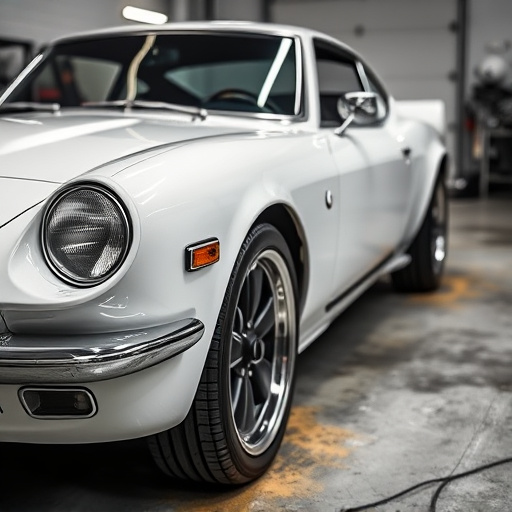
The process of calibrating and aligning Mercedes sensors is a meticulous task that ensures optimal performance of the vehicle’s safety systems. It involves a series of intricate steps where specialized tools are used to fine-tune each sensor, whether it’s a radar, camera, or ultrasonic transceiver. These sensors are responsible for detecting obstacles, pedestrians, and road conditions in real time, making precise adjustments crucial for effective collision avoidance.
During the Mercedes sensor adjustment process, an automotive technician will first ensure that all components are functioning correctly before initializing the calibration. They then use diagnostic software to set reference points and perform a series of tests to verify accuracy. This might include simulating various scenarios, such as parking maneuvers or highway driving, to check how sensors respond and adjust accordingly. Once calibrated, any misalignments or drifts over time can be rectified, ensuring the car’s advanced driver-assistance systems (ADAS) remain reliable and efficient, much like an auto frame repair expert straightening a vehicle’s body to its original specifications.
Mercedes sensor adjustment is a key component in ensuring the optimal performance of a vehicle’s safety systems. By precisely aligning radar, cameras, and ultrasonics, this process enhances detection accuracy and responsiveness, leading to improved overall safety. Regular calibration and alignment not only maximize these advanced driver assistance systems (ADAS) capabilities but also contribute to more efficient driving experiences.



